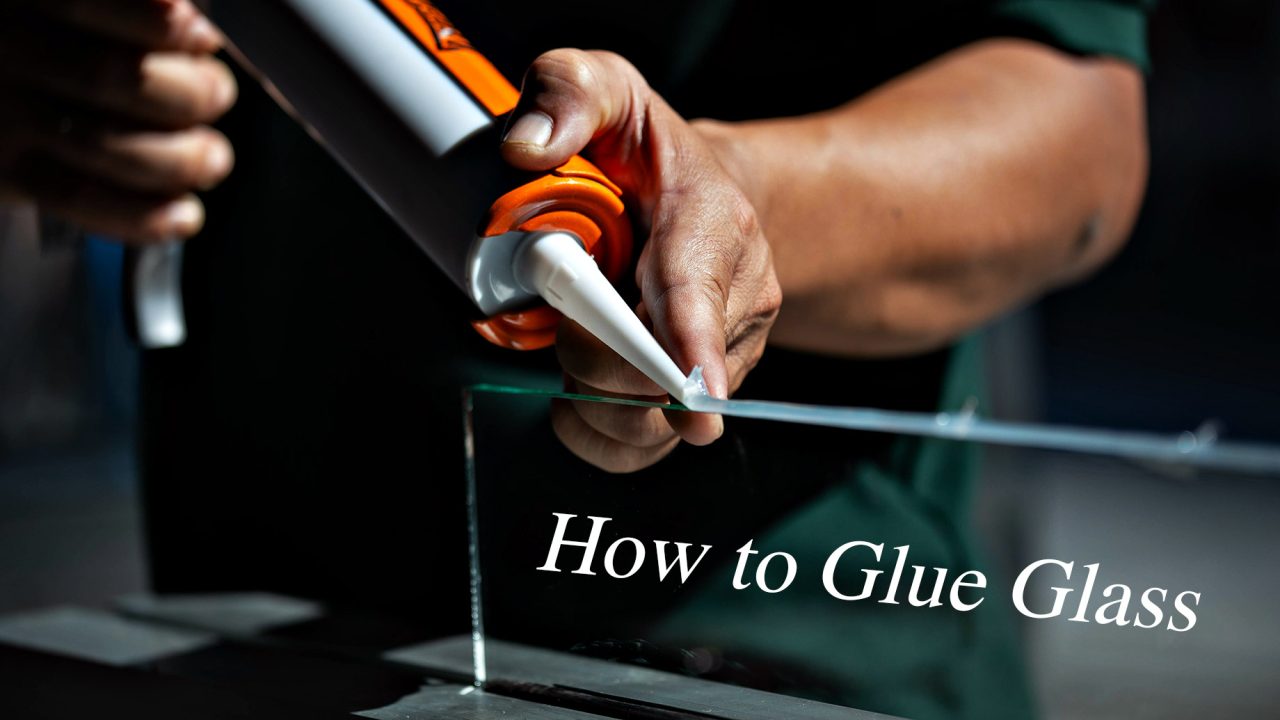Finding the best adhesive for glass to glass can be a daunting task, especially when you need a strong and durable bond. With various options available in the market, it’s essential to know which adhesive will work best for your specific project. In this article, we will explore the top adhesives for glass bonding, their applications, and tips for achieving a successful bond.
Glass is a unique material that requires special considerations when it comes to adhesion. The right adhesive not only ensures a strong bond but also maintains the clarity and aesthetics of the glass. Whether you’re working on a DIY project, repairing broken glass items, or engaging in professional glass crafts, knowing the best adhesive for glass to glass is crucial.
This guide aims to provide you with expert insights on the various types of adhesives suitable for glass, their pros and cons, and tips for application. Let’s dive in and discover how to choose the right adhesive for your glass bonding needs.
Table of Contents
- Types of Adhesives for Glass
- Top Adhesives for Glass to Glass
- Tips for Application
- Common Mistakes to Avoid
- Safety Precautions
- Conclusion
Types of Adhesives for Glass
When it comes to choosing the best adhesive for glass to glass, it’s essential to understand the different types of adhesives available. Each type has its unique properties and applications:
- Epoxy Adhesives: These are two-part adhesives that provide a strong bond and are resistant to heat and chemicals.
- Cyanoacrylate (Super Glue): This fast-drying adhesive is ideal for small repairs and provides a strong bond for glass surfaces.
- Silicone Adhesives: Flexible and waterproof, silicone adhesives are perfect for applications that require some movement or expansion.
- Polyurethane Adhesives: Known for their durability, these adhesives are suitable for both indoor and outdoor use.
Top Adhesives for Glass to Glass
1. Epoxy Adhesives
Epoxy adhesives are among the best options for glass bonding due to their superior strength and durability. They consist of a resin and a hardener that, when mixed, create a robust bond. Epoxy adhesives are resistant to water, heat, and chemicals, making them suitable for a wide range of applications.
Advantages:
- Exceptional strength and durability.
- Resistant to moisture and chemicals.
- Great for structural repairs.
Disadvantages:
- Longer curing time compared to other adhesives.
- Requires precise mixing of components.
2. Cyanoacrylate (Super Glue)
Cyanoacrylate, commonly known as super glue, is a fast-drying adhesive that works well for small glass repairs. It bonds quickly and creates a strong bond, making it a popular choice for quick fixes.
Advantages:
- Fast curing time.
- Easy to use and apply.
- Forms a strong bond on small surfaces.
Disadvantages:
- Not suitable for larger or heavy items.
- Can be brittle over time.
3. Silicone Adhesives
Silicone adhesives are versatile and can be used for various applications, including glass bonding. They are flexible, waterproof, and can withstand temperature changes.
Advantages:
- Flexible and waterproof.
- Great for sealing and insulating.
- Good for both indoor and outdoor use.
Disadvantages:
- Longer curing time.
- Not as strong as epoxy or cyanoacrylate for structural bonds.
4. Polyurethane Adhesives
Polyurethane adhesives are known for their strong bonding capabilities and are suitable for both porous and non-porous materials. They expand as they cure, filling gaps and providing a robust seal.
Advantages:
- Strong bond and gap-filling properties.
- Durable and weather-resistant.
- Suitable for various surfaces.
Disadvantages:
- Long curing time.
- Can be messy to work with.
Tips for Application
To achieve the best results when using adhesive for glass to glass, follow these application tips:
- Clean the surfaces thoroughly before applying the adhesive.
- Apply the adhesive evenly to avoid excess and ensure a strong bond.
- Clamp the pieces together to maintain contact while the adhesive cures.
- Allow adequate curing time as specified by the manufacturer.
Common Mistakes to Avoid
Avoid these common mistakes to ensure a successful bond:
- Not cleaning the glass surfaces properly.
- Using too much adhesive, which can weaken the bond.
- Ignoring the manufacturer’s instructions regarding curing time and conditions.
Safety Precautions
When working with adhesives, it’s essential to take safety precautions:
- Work in a well-ventilated area to avoid inhaling fumes.
- Wear gloves to protect your skin from adhesive contact.
- Keep adhesives away from children and pets.
Conclusion
Choosing the best adhesive for glass to glass is crucial for achieving a strong and lasting bond. Epoxy, cyanoacrylate, silicone, and polyurethane adhesives all have their unique advantages and applications. By understanding the properties of each adhesive and following application tips, you can ensure a successful bonding process.
We encourage you to share your experiences or ask questions in the comments below. If you found this article helpful, consider sharing it with others or exploring our other articles for more tips and insights.
Thank you for reading, and we hope to see you back on our site for more informative content!
Finding The Best Walk-In X-Ray Services Near You
Friendship Haven: A Sanctuary For Lasting Bonds
Nightingale Plaza: A Comprehensive Guide To The Premier Shopping And Dining Destination


